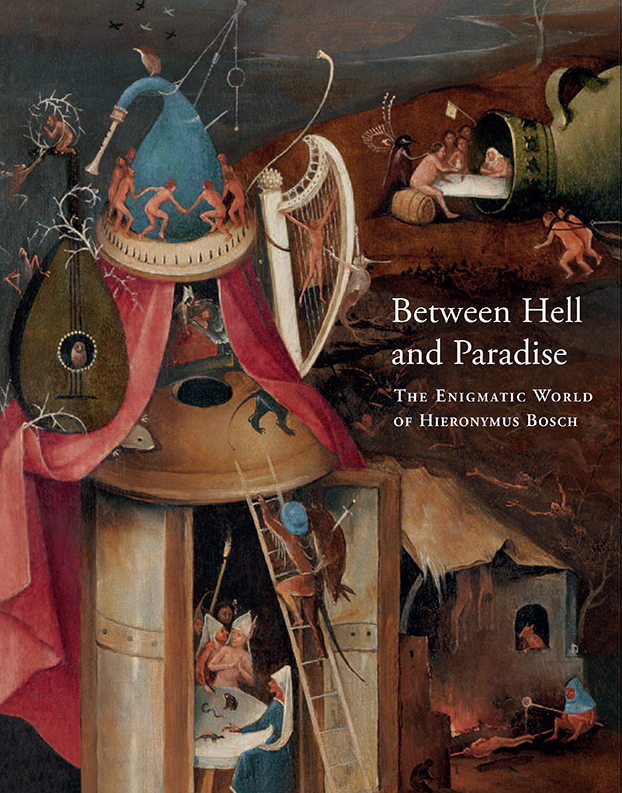
Silver 2022
“Bosch and the World of Sin” (Larry Silver) 2022
[in: Bernadett Tóth and Ágota Varga (eds.), Between Hell and Paradise- The Enigmatic World of Hieronymus Bosch. Exhibition Catalogue (Budapest, Museum of Fine Arts, 8 April – 17 July 2022), Museum of Fine Arts, Budapest, 2022, pp. 22-43]
Bosch’s Prado Adoration of the Magi adopts Netherlandish pictorial tradition but alters it with many indications of human evil and misbehavior, both in the foreground and background of the central panel and in the interior wings. Even the magi and the shepherds are marked as figures of evil. In Bosch’s oeuvre only the rare saints can live a true life of the spirit. Bosch was motivated, not by confidence in salvation, but by the problem of evil and its origins. With him, pessimism and the emphasis on punishment and hell fully replace the optimism of his predecessors, the Flemish Primitives.
The grotesque, hateful faces of Christ’s tormentors in Bosch’s Passion scenes further attest to this pessimistic view, as do the representations of temptations and bad choices in his worldly triptychs (Haywain, Garden of Delights). Bosch is best known for the hell scenes, usually found on the right shutters of his triptychs. Many Bosch imitators from the sixteenth century responded to his inventively conceived and omnipresent demons, both those who torment sinners in hell and those tempting steadfast hermit saints.
It is obvious that Silver is one of the authors who consider Bosch a pessimist. Yet, the word ‘rare’, which is used twice in this essay (p. 27: the rare, uniquely individual saint / p. 29: the rare figures of saints and of Jesus himself), is debatable. According to other authors (including myself), the representations of saints and of Christ in the art of Bosch play an equally pivotal (if not more important) role as (than) do the representations of sin and evil.
Two observations strike the reader in the endnotes. According to Silver, the Ship of Fools and Death and the Miser panels were originally not the left and right wing of the so-called Pedlar triptych (with its lost central panel) but the right and left wing respectively. Moreover, he considers the Bruges Last Judgement triptych a ‘workshop pastiche’.
[explicit 15 August 2022 – Eric De Bruyn]